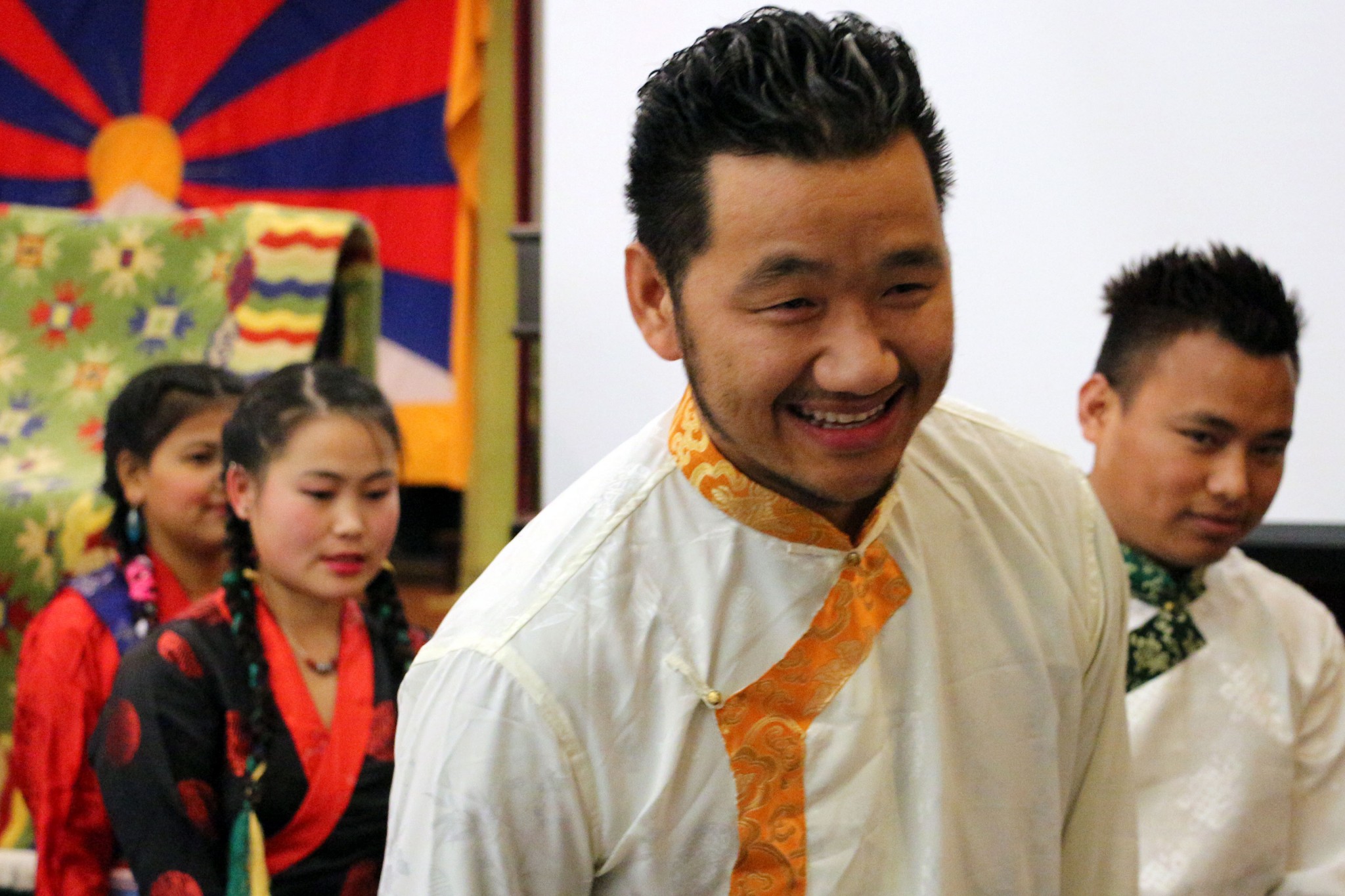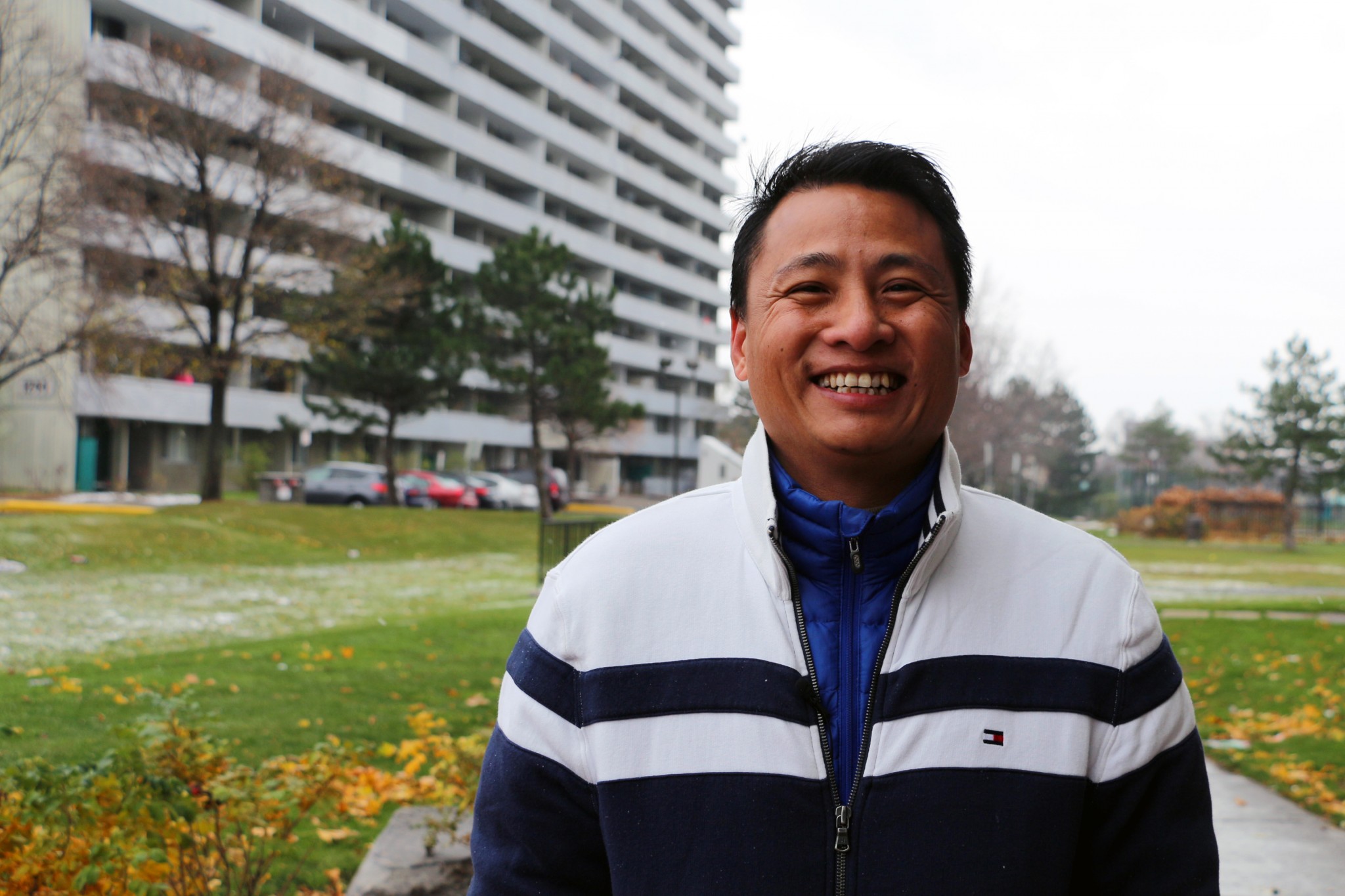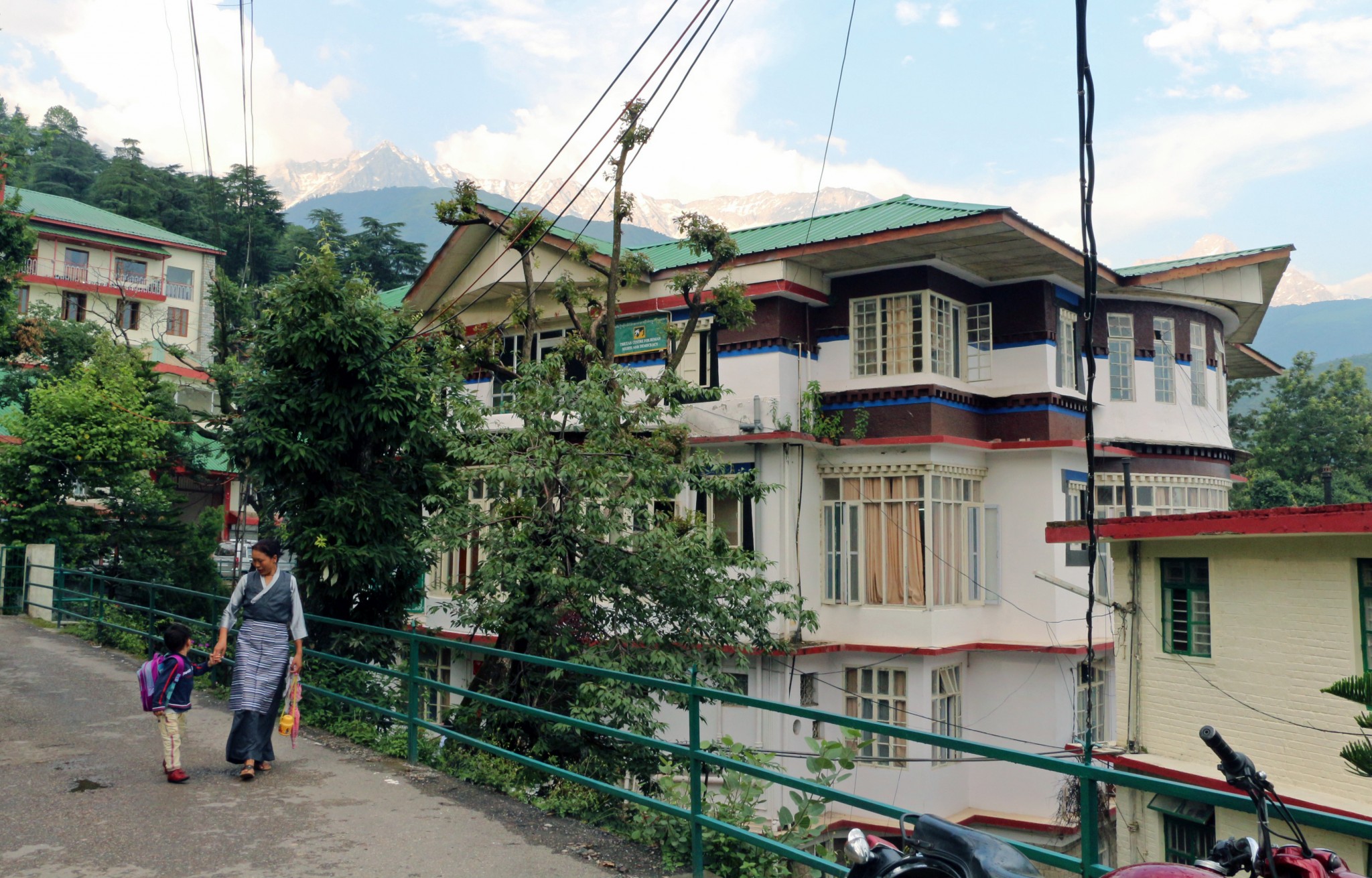The three month challenge
Namgyal met the three month deadline to get all his government documents sorted, to get a job and to get his own place. Legally, the Tibetan Resettlement Project Ottawa is responsible for him for up to a year, but now that he is what they consider self-sufficient, they can accept more people coming from India.
The Tibetan Resettlement Project Ottawa is doing its best to help people like Namgyal find their way, but without any kind of government support there’s not a lot of time for hand holding. Dawa Norbu was in the first group of arrivals from Miao back in November 2013 and he’s aware of what the newcomers go through once they reach Ottawa.
“I would say the first challenge, for everyone, is to find a job. Even if it’s an entry level job because whenever we go for an interview or a recruiter asks for our interview they always ask for Canadian experience,” Norbu said. Of course they don’t have Canadian experience – they just arrived from India. The federal government doesn’t offer them any job assistance and they don’t provide any sort of training that would give them Canadian experience.
“I find this quite ironic,” Norbu said about the barriers he’s faced despite having an education at an institute in Delhi for business management and the experience of running his own clothing shop. Seven months after arriving, he was fortunate enough to get an internship through a program run by the Parliamentary Friends of Tibet. Norbu was one of the five Tibetan-Canadians to get selected for the program that year. For six weeks in the summer of 2014 he did administrative work for the NDP MP, Peggy Nash, which gave him some much needed Canadian job experience.
Norbu also started his own business with another Tibetan from Miao, who is the only newcomer who owns a car. They sold momo dumplings at the Carp and Beechwood farmers’ market on weekends last summer. In the autumn, he found work as a receptionist at a drycleaner business. By spring 2015, he began running his own dry cleaning service in the city, called Green Cleaners. Norbu’s ambitions come from his background in business and the desire to help the Tibetan community in Ottawa.
“Let’s see how we can make a small community live as one family,” Norbu said.
Project Tibet Society selected Norbu to leave in the first group after seeing his resumé. They expected him to do well and pave the way for those arriving later. The groups who are coming to Ottawa from April 2015 until May 2016 have little to no job experience and some have spent most of their lives in the seclusion of the settlement. These people will have a bigger challenge finding a job and adjusting to life in Canada.
Like Norbu and Namgyal, many of the newcomers mainly focus on finding work, to support themselves, to support those coming and to support those back in India. This takes precedence over improving their English and enrolling in vocational courses to help them find better paying jobs. The Catholic Centre for Immigrants (CCI) is one resource the Tibetans have to help them find a job and do workshops on what it’s like in a Canadian workplace. Maria Teresa Garcia, is the manager of the settlement department at CCI and she reiterated another reason the Tibetans have to find a job to support themselves: “They cannot go to social assistance because their sponsors will be responsible for them.” Even before they left India, the Tibetans were told by their government-in-exile that they can’t rely on government assistance and they should take whatever job they can get.
In Ottawa, Wangdak is the only one taking vocational courses out of the 33 Tibetans who’ve arrived so far. He is training at a private college to do personal support work rather than continue selling used clothes at the Salvation Army. The others haven’t taken any courses yet because they’re worried about the cost and time, said von Baeyer who is trying to encourage more people to follow in Wangdak’s footsteps.
Things were different in 1971 when the government supported a group of 228 Tibetans to live in 11 municipalities across Canada. Carleton University anthropology professor, Brian Given, studied this group. He said the resettlement experience was different in each area but Tibetans who went to Quebec didn’t have to get a job right away because they were supported for a year.
“The emphasis elsewhere was to get a job as soon as possible and so they didn’t get the level of language training and things like that,” Given said. “In Quebec, they were teaching them to be good Quebecers.”
In the first year, the Quebec government gave the refugees orientation in Canadian customs, language skills, and job training before they had to hunt for employment. The current foreign minister for the Tibetan government-in-exile, Dicki Chhoyang, was four when she immigrated to Quebec as a refugee under the first resettlement program. She said a federal settlement officer helped all the families with integration. For the first six months, all the Tibetans lived together while the adults went through an intensive language immersion, and the children started school. Then Chhoyang’s family was sent to live in Drummondville, a city two hours outside Montreal. They had a government case worker who checked in on them and helped them with whatever issue they had, like finding housing and sorting out a school.
“We were very, very fortunate,” Chhoyang said.
The first Tibet resettlement in the seventies showed how government assistance can improve the condition of the refugees in terms of language and job skills, especially in Chhoyang’s case.
NEXT PART
Credits
Story and visuals by SHANNON LOUGH
Carleton University 2015



